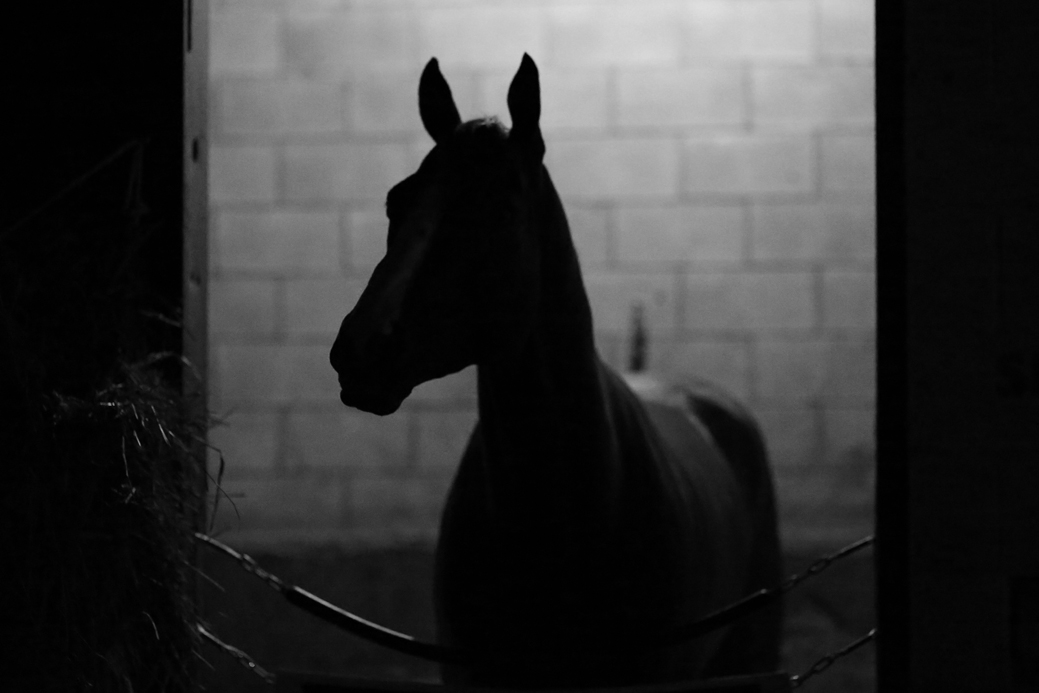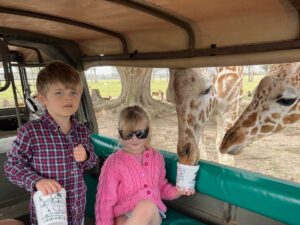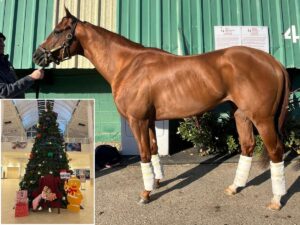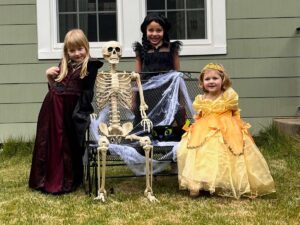 In the market for a racehorse? Here are six things to consider when shopping for a champion:
In the market for a racehorse? Here are six things to consider when shopping for a champion:
1. FEET
One of the most important parts to look at on a horse is feet. Horses with bad feet at a young age are unlikely to grow out of them and get better. You can, of course, have the best blacksmith in the world and they can help to improve feet, but the general confirmation of the foot is a very important place to start. Horses with clubby feet tend to lend themselves to massive levels of concussion through the forelimbs and are susceptible to quarter cracks as well. A horse with even one clubby foot should immediately be struck off of your list.
2. Hoof-pastern axis
The hoof-pastern axis is extremely important as it is a very large load bearing part of the suspensory apparatus—an important shock absorber and one of the main supporting structures of the leg. The angle at which the pastern comes out of the hoof wall is crucial as it is an important indicator of future soundness, or lack thereof. A pastern that comes out of the hoof at the same angle as the hoof wall is ideal and will serve as a strong foundation for the leg. A pastern that comes out of the hoof at a broken angle is a huge red flag indicative of a horse that will struggle in its training and be prone to lameness. Additionally, a pastern that is too long and slopping is prone to injury and a pastern that is too upright is prone to bone and joint issues.
3. LEGS
Nice keen ankles, a short-ish cannon bone and flat knee that faces forward are very important. A lot of horses are slightly offset and can be forgiven to a certain level. Certain sire lines tend to lend themselves to more knee issues, such as the Unbridled’s Song line. You will see certain stallions throw certain traits such as Street Cry; very often his offspring have a terribly offset left knee. This is just a trait of the stallion, but something to seriously consider.
4. Profile balance
When you look at a horse from its profile, you want to see a nice balance from the neck to the withers to the top of the tail or croup; all should be roughly the same distance. You want to see a neck that comes out of the shoulder at the right angle; you do not want a… read more


